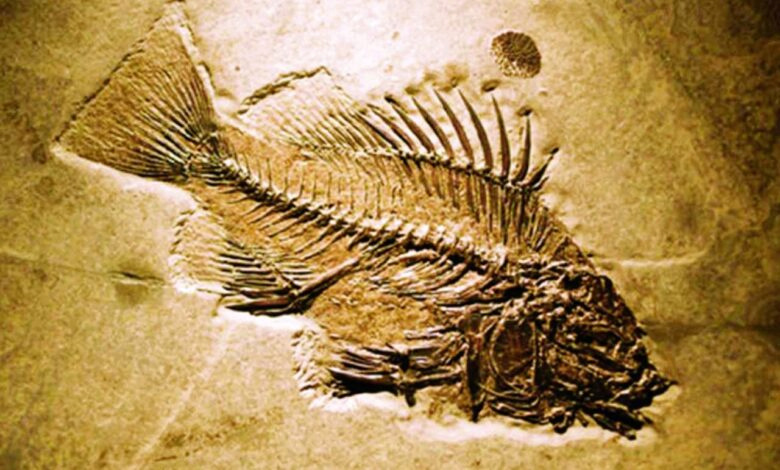It Is 319 Million Years Old.. A Scientist Discovers A Remarkably Detailed Fish Brain Fossil

Paleontologist Matt Friedman was surprised to discover a remarkably detailed 319-million-year-old fish brain fossil while testing CT scans for a wider project.
"It had all of these features, and I thought to myself, 'Is this really the brain of what I'm seeing?'" says Friedman of the University of Michigan. So, I zoomed in on that area of the skull for a second high-resolution scan, and it was very clear that this is exactly what it needed to be."
Usually the only remaining traces of this ancient life are hard animal parts that are easier to preserve, such as their bones, since soft tissues degrade quickly.
But in this case, a dense mineral, possibly pyrite, leaked and replaced tissue that would likely have been preserved for much longer in a low-oxygen environment. This allowed the scan to capture what looks like details of the cranial nerve and soft tissues of the tiny fish, Coccocephalus wildi.
It is the only ancient specimen of its kind, so despite having been in researchers' hands since it was first described in 1925, this feature has remained hidden because scientists wouldn't risk using invasive methods of investigation.
Friedman explains: “Here we found remarkable preservation in a fossil that had been examined many times before by many people over the last century. But because we have these new tools to look inside fossils, it reveals another layer of information for us.”
These prehistoric estuarine fish likely hunted insects, small crustaceans, and cephalopods, chasing them with flippers supported by bony rods called rays.
Ray-finfish, subclass Actinopterygii, make up more than half of all spineless animals alive today, including tuna and seahorses, and 96% of all fish.

This group of lobe-finned fish split off about 450 million years ago. C. wildi then took its own evolutionary course among the fish populations still living today, about tens of millions of years ago.
“The analyzes place this taxon outside the group containing all living ray-finned fish,” University of Michigan paleontologist Rodrigo Figueroa and colleagues wrote in their paper. Details of brain structure in Coccocephalus have implications for interpretations of neuromorphogenesis during the early developmental stages of this major vertebrate lineage."
Some features of the brain would have been lost due to the decay and preservation process, but the team could still identify specific morphological details. This allowed them to see that the way this prehistoric forebrain evolved was more like ours than the rest of the living ray-finned fish living today.
“Unlike all living ray-finned fish,” Friedman notes, “the brain of Coccocephalus folds inwards. So, this fossil captures a time before this distinctive feature of the brains of ray-finned fish evolved. This provides us with some constraints on when this trait evolved.”
Researchers are keen to scan other fish fossils in the museum's collections for other signs of soft tissue that might be hiding within.
“An important conclusion is that these types of soft parts can be preserved, they can be preserved in fossils that we've had for a long time — this is a known fossil from more than 100 years ago,” Friedman says. This is why it is so important to stick to physical samples. Who knows what people will be able to do with the fossils in our collections now in 100 years time?”
Source : websites

